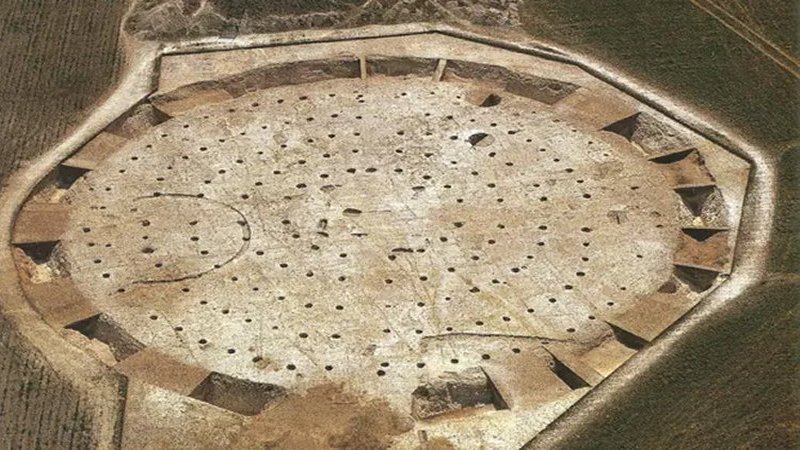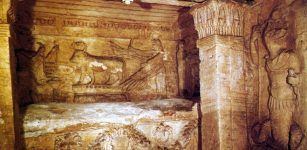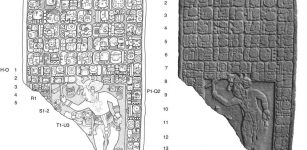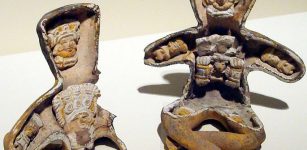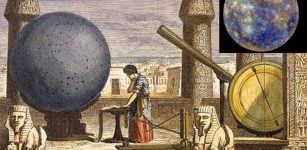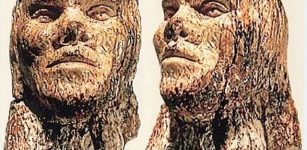Caral – Site Of The Oldest Known Civilization In The Americas – Inspires Modern Architects
MessageToEagle.com – The Sacred City of Caral age is comparable to the early civilizations that originated the world such as Mesopotamia, Egypt, China and Mesoamerica.
Impressive pyramids that rise high above the ground, a sunken circular plaza, an amazing amphitheater and public gathering places make the ruins of Caral very special.
Architects seeking solutions for sustainable living in the 21st century are taking notes from the ancient city of Caral in Peru, an engineering marvel built some 5,000 years ago.
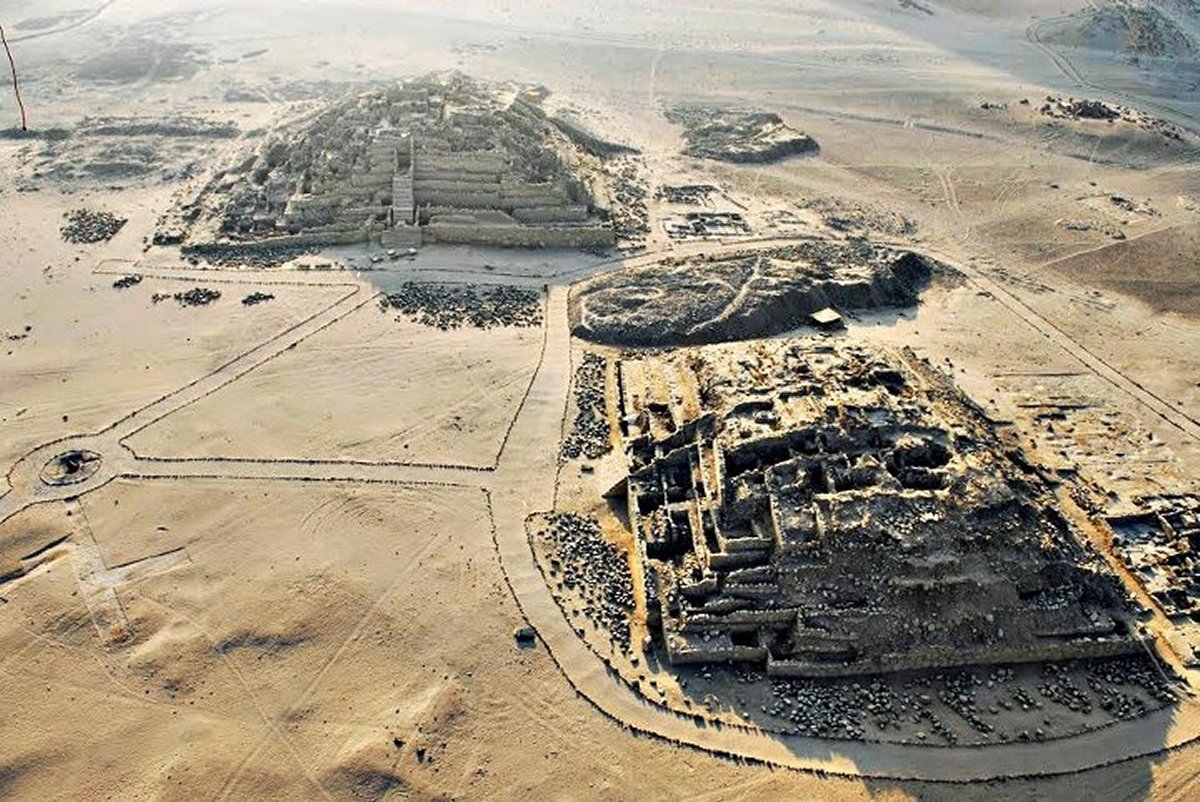
Caral’s builders created a city of pyramids, sunken amphitheaters, seismically resilient buildings and underground ducts that channeled the wind to keep their fires burning all with basic tools.
No trace of warfare has been found at Caral; no battlements, no weapons, no mutilated bodies. Shady’s findings suggest it was a gentle society, built on commerce and pleasure. In one of the pyramids, they uncovered 32 flutes made of condor and pelican bones and 37 cornets of deer and llama bones.
They also found evidence of drug use and possibly aphrodisiacs. One find revealed the remains of a baby, wrapped and buried with a necklace made of stone beads.
It was the site of the oldest known civilization in the Americas, the Caral or Norte Chico civilization, which developed from 3000 to 1800 BC almost as old as Ancient Egypt.
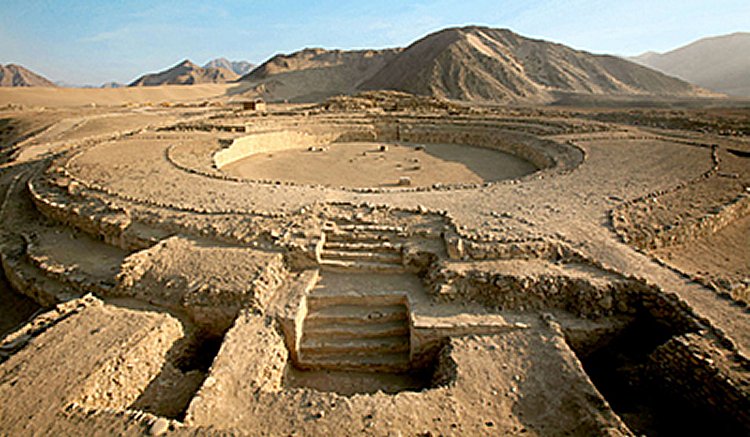
Today, architects from around the world have convened in Caral to seek inspiration in its sandy brown ruins and discuss the challenges facing humankind five millennia later. The International Union of Architects met at the UNESCO World Heritage Site last weekend and signed a document called the Caral Letter, which hails the ancient city as an example of sustainable urban planning and living in harmony with nature.
The letter from the 124-nation group will be presented next month at high-stakes UN climate talks in Paris, where countries will seek a comprehensive agreement on curbing the carbon emissions warming the planet. The world’s architects had previously met in Athens in 1933 to sign a landmark manifesto on urban planning and in Venice in 1964 to call for the preservation of the world’s monuments.
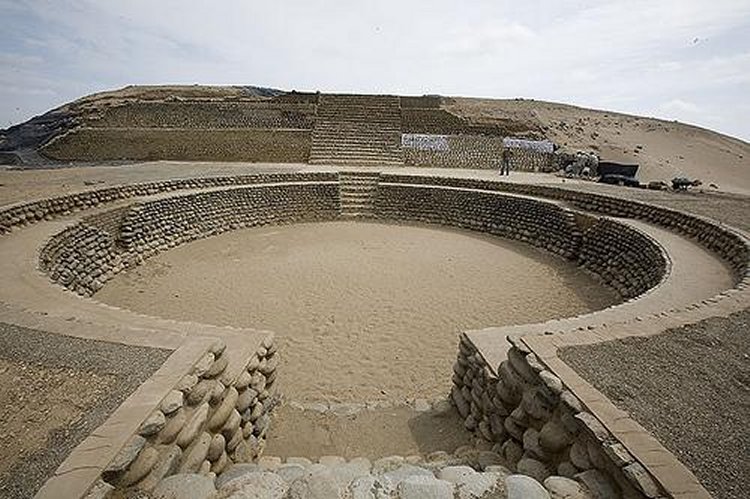
“We turn to the past to see how civilization was organized 5,000 years ago, thinking about their commitment to nature, their cosmic vision,” said Jose Arispe, one of Peru’s leading architects and an adviser with the International Union of Architects, who highly evaluates all engineering achievements of the Caral’s people, especially the ducts Caral used to supply air to fires used in religious ceremonies and keep them burning.
The system relies on what physicists now call the Venturi effect, the reduction in pressure when a fluid flows through a constricted space.
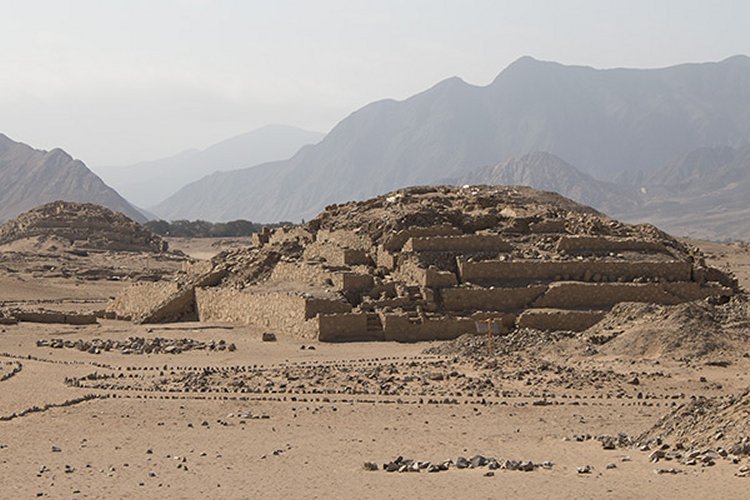
Buildings in the city, which is in a seismically active area, also feature flexible foundations called “shicras” that resemble large baskets filled with stones a technique to minimize earthquake damage.
Caral’s inhabitants built the city on arid land to preserve fertile ground for farming and represented a peaceful society, interested in developing in harmony with nature.
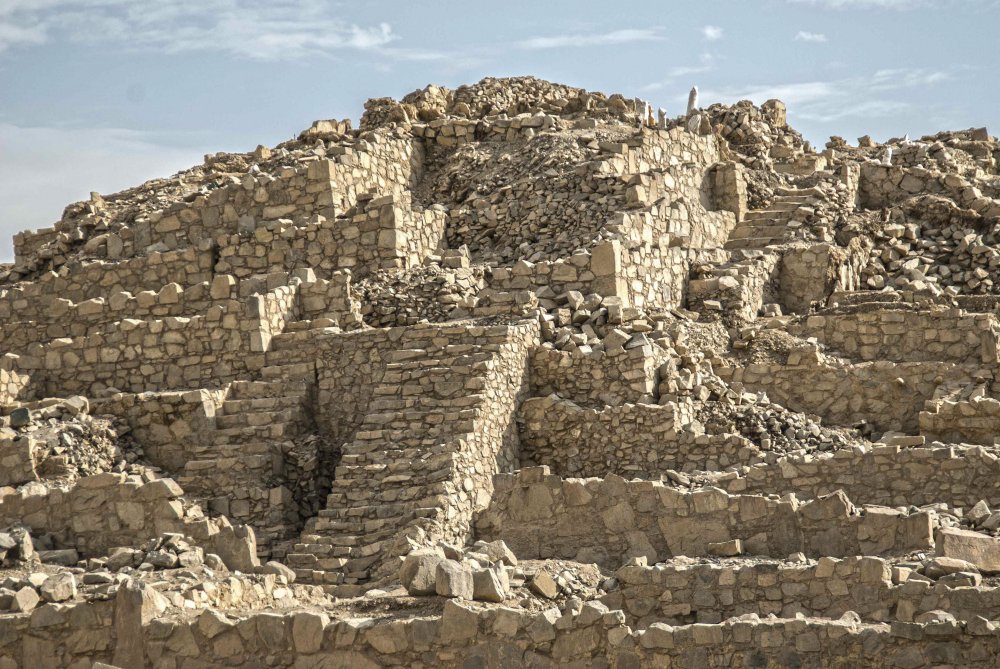
Caral sits in the Supe Valley, in a semi-arid region about 200 kilometers (125 miles) north of Lima, just inland from the Pacific Ocean. The horizon is dominated by seven stone pyramids that appear to light up in the sun.
The city is built around two sunken circular plazas, and excavations indicate there were regular markets that drew traders from across a wide region. Fishermen and farmers would trade their goods for flutes made of condor bones, or for shells from as far away as modern-day Ecuador to make necklaces.
Caral’s culture achieved much along with prestige and splendor. Most probably the city was the birthplace of Quechua, which became the language of the subsequent Inca empire and is still alive today.
Caral was hit by a long drought around 1800 BC, forcing residents to abandon the area. After they left, the city was buried in sand.
MessageToEagle.com
source: Turandino


